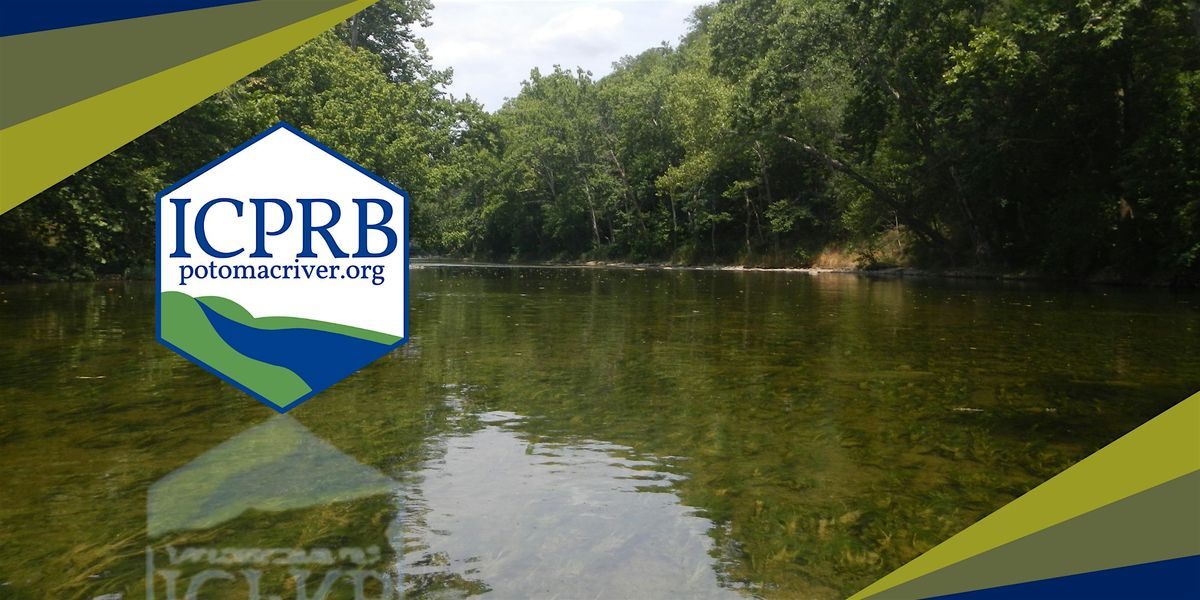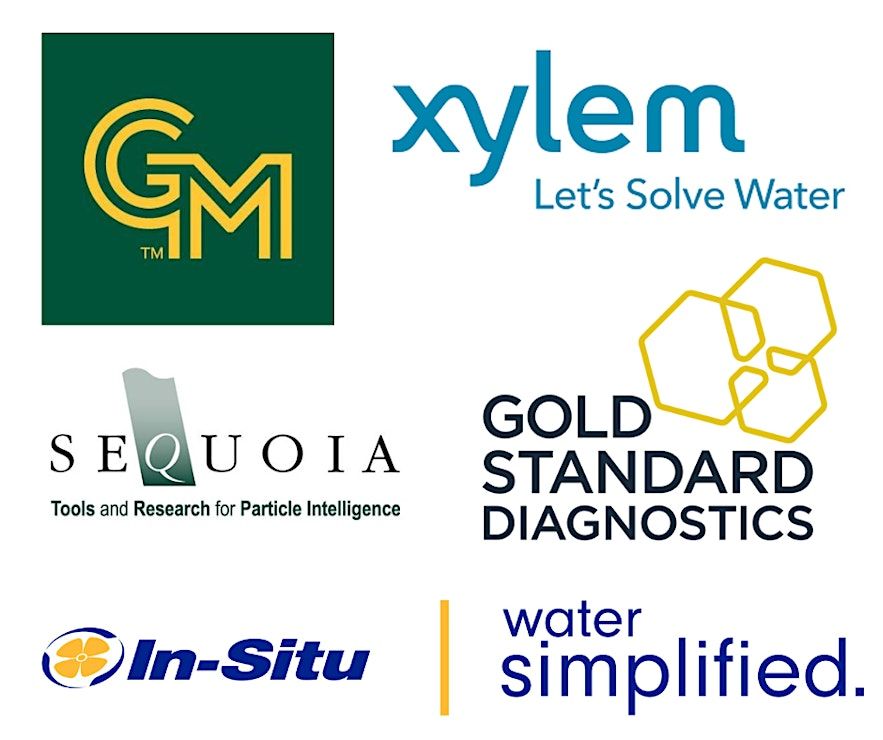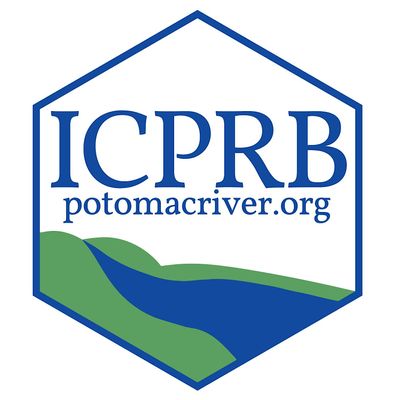
About this Event
Join the Interstate Commission on the Potomac River Basin (ICPRB) for a conference that will expound on the latest research, policy, and management of freshwater harmful algal blooms in the Potomac Basin and beyond.
The one-day conference will include sessions on HAB detection, benthic algal communities, case studies from local jurisdictions, and response strategies from different levels of government. A poster session will highlight additional research on the subject.
Space is limited. Please register early and only if you plan on attending. Your registration confirmation email will include a link to add the event to your calendar.
Lunch will be provided. Parking is free and plentiful.
OPTIONAL: We would like to invite anyone who is wishes to continue the conversation to an informal networking event after the conference at the Brickmakers Cafe which is located a short drive from the conference venue.
We have extended the deadline for poster presentations. Please submit an abstract if you are interested in having a poster at the event.
Conference sponorships are available. Contact us to learn more.
Click here for a PDF of the agenda >>>
Agenda
Coffee and Registration (8:30 am)
Opening (9:00 am)
Moderator: Michael Nardolilli, ICPRB
Welcome -
- Michael Nardolilli, Executive Director, ICPRB
- Willem Brakel, Vice Chair, ICPRB Commissioner (DC)
- GMU
Plenary - Michael Paul, U.S. EPA
Session 1 - Research (9:40 am)
- HABs in the upper Shenandoah River Basin - Brendan Foster, USGS
- Integrative characterization of the anatoxin-a-producing benthic cyanobacterial genus Microcoleus in the Shenandoah River - Bruce Cahoon, University of Virginia
- Overview of benthic algal communities, including harmful cyanobacteria, in Shenandoah River, Virginia - Rosalina Stancheva Christova, GMU
- George Mason University Research Highlights
- Does temperature impact anatoxin-a-production of the riverine cyanobacterium Microcoleus? - Jacob Mormando, GMU
- Effects of nitrogen on Microcoleus (Cyanobacteria) growth in laboratory conditions - Sydney Brown, GMU
- Algal Responses to Hydrologic Variability in the North Fork Shenandoah River, VA, USA - Rwan Alsaadi, GMU
Break (11:00)
Session 2 - Local Level (11:15 am)
- Predicting HABs and other Water Quality Parameters using Remote Sensing Data - Josh Weiss, Hazen and Sawyer
- Fairfax County Park Authority Blue-Green Algae Bloom Response - John Burke, Fairfax County
- Increasing Harmful Algal Blooms with Increased Drought in Prince William, Virginia - Veronica Tangiri and Tom Ligon, Prince William Soil & Water Conservation District
- Societal Benefits of Cyanobacteria Harmful Algal Bloom Management - Benjamin Simon, George Washington University
- Poster Lightning Round - Poster Presenters
Lunch & Posters (12:30 pm)
Session 3 - Governent Response (1:15pm)
- Detection of neurotoxins in benthic cyanobacteria mats in the Potomac River - Cathy Wazniak, MD DNR
- Government Panel on HAB Response
- Jayne Brown, Associate Director, Inspection and Enforcement, DOEE
- TBD, MD MDE/DNR
- Heidi Biggs, Water Program Specialist, Clean Water Bureau, Water Quality Division, PA DEP
- Sarah Sivers, Water Permits and Planning Manager, and Justin Lloyd, Water Monitoring Supervisor, Northern Regional Office, VA DEQ
- Mindy Neil, Assistant Director, Watershed Assessment Branch, Division of Water and Waste Management, WV DEP
Session 4 - Closing (2:40) Gordon “Mike” Selckmann, ICPRB
Poster Session (2:45)
- Do native river snails consume toxic and non-toxic Microcoleus strains (Cyanobacteria) from Shenandoah River, Virginia, USA? - Mackenzie Allen, GMU
- A Novel Lateral Flow Assay that Detects Acetylcholine Receptor Ligand Toxin Anatoxin-a (ATX-a) - Lance Ford, Attogene
- Distribution and abundance of benthic mat-forming cyanobacterium Microcoleus in Shenandoah River, Virginia, USA - Armon Ghaffari, GMU
- Field guide to common macroalgae in the Shenandoah River - Katia Holguin, GMU
- North American Lake Management Society's Clean Lakes Advocacy - Benjamin Rhoades, Reston Association/North American Lakes Management Society
- Photosynthetic Rate and Pigment Composition of Microseira wollei, a toxin-producing cyanobacterium, over an annual cycle in the tidal freshwater Potomac River, VA, USA - Hannah Toney, GMU
Continue the Conversation (optional)
Join other conference attendees for an optional happy hour at Brickmakers Cafe (9751 Ox Rd, Lorton, VA) to continue the discussion!

Thank you to our generous sponsors for their support in the production of the event!
Green Level Sponsors
Hazen and Sawyer

Blue Level Sponsors
George Mason University
Gold Standard Diagnostics
In-Situ
Sequoia Scientific, Inc.
Xylem Water Solutions & Water Technology

______________________________________________________________________________________________________
The ICPRB is an interstate compact commission established by Congress in 1940. Its mission is to protect and enhance the waters and related resources of the Potomac River basin through science, regional cooperation, and education. Represented by appointed commissioners, ICPRB includes the District of Columbia, Maryland, Pennsylvania, Virginia, West Virginia, and the federal government.
If you need special accommodations to participate in the conference, please contact ICPRB via telephone at 301-984-1908 or through email at [email protected]. Requests should be made at least 10 business days in advance of the event. Please contact us so we may serve you better.
Event Venue & Nearby Stays
Potomac Science Center - GMU, 650 Mason Ferry Avenue, Woodbridge, United States
USD 0.00








